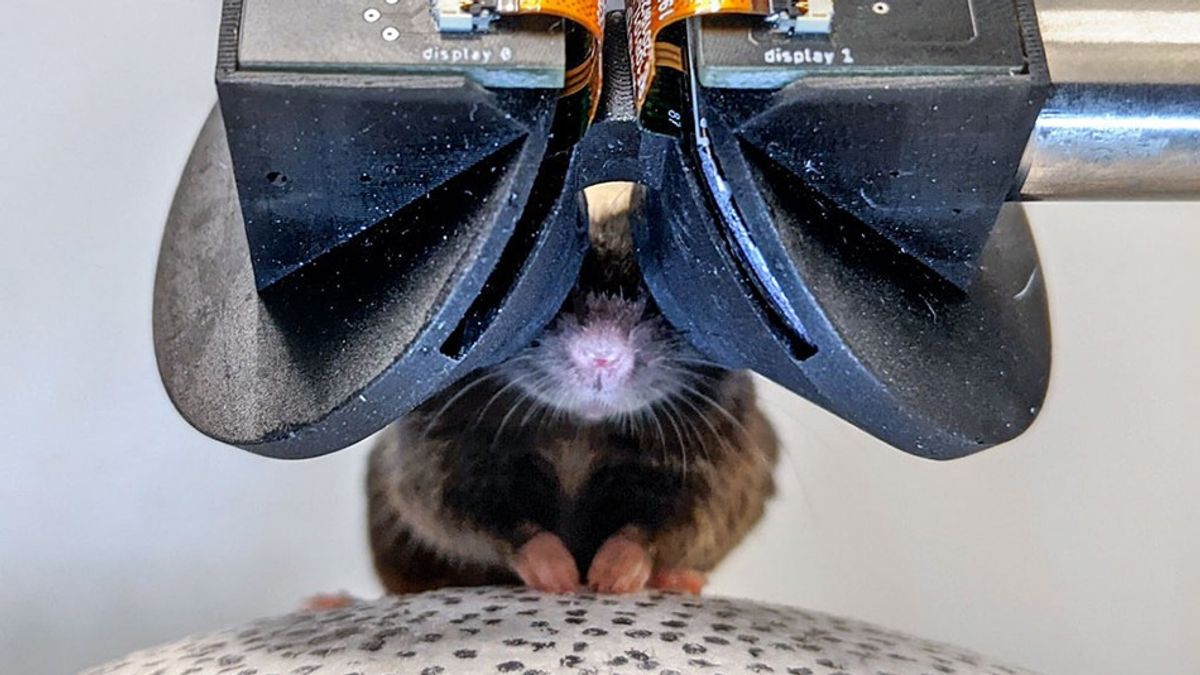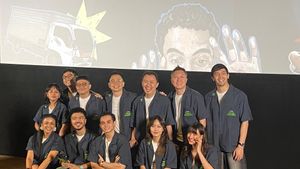JAKARTA A number of scientists at Cornell University, New York are making unusual technology. If companies race to create a virtual reality headset (VR) for humans, these scientists are the opposite.
They developed a technology called MouseGoggles, a mini VR headset specifically designed for mice. In a journal published in Nature Methods, citing Sciencealert, the look of this VR headset is very different from that of a headset for humans.
MouseGoggles is paired to the rolea and behind it there are two Fresnel lenses equipped with special technology. This technology is designed to track the movement of the animals' eyes and the widening of the pupils.
Before using MouseGoggles, scientists used a large 360-degree projector screen to see the mouse's response to the virtual world. However, this method didn't work because the mice didn't seem to believe the display on the screen.
When replacing the technology with MouseGoggles and traditional screen-based VR systems, mice who test show positive reactions. They appear to be jumping, curved back, even slowing the speed of walking.
SEE ALSO:
"When we tried this kind of test in a regular VR setup with a large screen, the rats didn't react at all," said Saraf Expert and Researcher Matthew Isaacson. "However, almost every mouse, when you first look at it with glasses, will jump."
Isaacson explained that the mice jumped because they were shocked. According to research results, these mice believe that the objects in front of them are real. They also think that the objects in front of them want to attack.
During this study, Isaacson and his colleagues wanted to test the behavior and brain function of mice in a more diverse situation. In the future, they will include the ability of other senses into MouseGoggles. This technology will also be developed for other animals.
"The more deeply we make that behavioral task, the more natural the brain function we will study," said Biomedical Engineer Chris Schaffer, another researcher. "I think the virtual reality of the senses for mice is the right direction for experiment."
The English, Chinese, Japanese, Arabic, and French versions are automatically generated by the AI. So there may still be inaccuracies in translating, please always see Indonesian as our main language. (system supported by DigitalSiber.id)


















